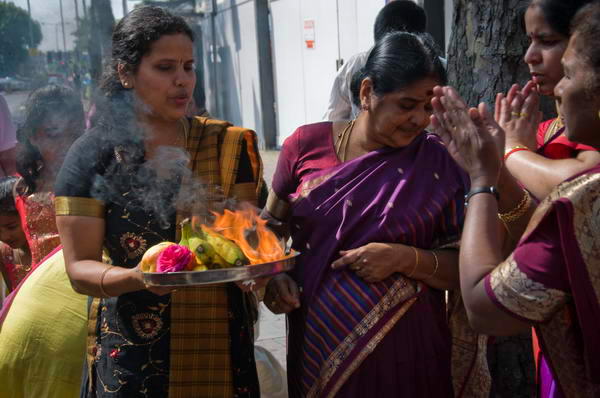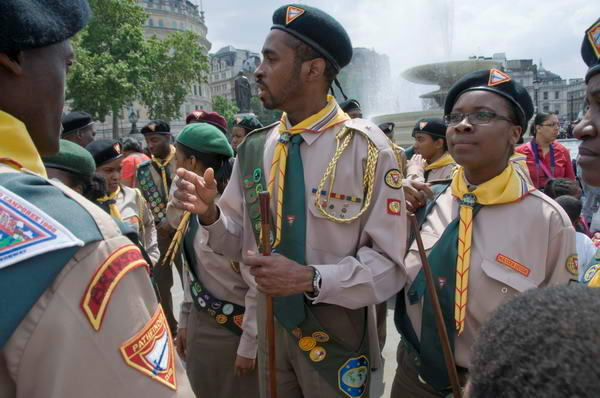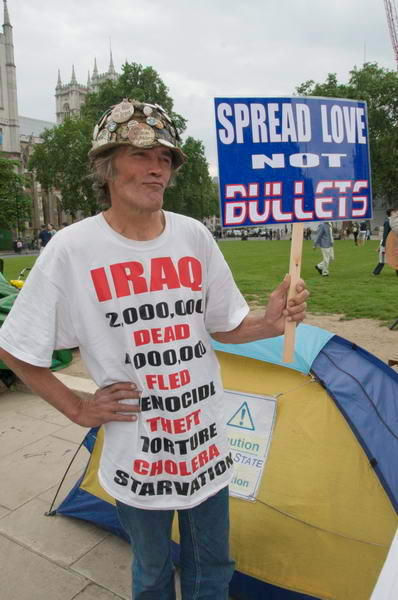One day it’s going to happen to you, if it hasn’t already. You turn on your computer and try to access your image files, but all you get is an error message.
My turn came on Saturday. One of the large external hard drives on which I store images had given up the will to live, taking with it around 60Gb of RAW files.
I tried all of the simple (and free) ways to restore the disk and retrieve the data, which I’m sure is still there on the disk, but in the end I gave up. Fortunately I think I have a backup of everything (or almost all) that was on it, and as I type I’m copying the files in the background to be sure I’ll be protected in the case of another failure.
Few things in life are sure – but there is a moral in this. One thing you can be sure of is that all systems will fail – in time.
I’m fortunate – or well prepared – thanks to an accident in the first few weeks after I switched to digital, which made me embrace the idea of redundancy.
Earlier in the week I was reading a sorry series of messages for help on an on line forum from a photographer who had suffered a similar catastrophe following the failure of his RAID backup system. He’d relied on the limited redundancy built into this, which meant the data could recover from a hard drive failure, but something else – probably a controller failure – had gone wrong and the array was now unreadable.
I hope there will be a happy ending for him, but it may require the four-figure assistance of a specialised data retrieval service to get his work back.
Off-Line Storage
For some years many people were telling me that external hard-disk storage was the safest way to store my files. As I’d already had a problem with it, I wasn’t entirely convinced. Now all the experts tell me that on-line storage is the way to go, with services offered by various companies at various prices. Some of these companies have been very keen to tell me of all the safeguards that are in place to ensure my data is safe, and it sometimes seems convincing.
I think they provide a useful service, but I don’t feel I want to rely on them. Conditions change, companies go out of business, and of course at some point their services may become too expensive for me.
So although I will increasingly be storing work on line – if only on various agency web sites – my main storage will continue to be on a do-it-yourself basis.
Redundancy the Key
There is much to be said for keeping things as simple as possible, but always bearing in mind the principle of redundancy. As soon as my images leave the card or camera I want to have at least TWO copies on fully independent media.
Lightroom has a useful option to make a backup as it imports your images, and I make use of this, with one going to one of the drives on my second hard disk and the other to an external USB hard drive.
Write Once Media
There is also a great deal to be said for using media that can be written to once only and do not allow deletion, such as CD and DVD. Much has been written about the problems of using these media, but they still seem a good medium-term solution.
The only CDs I’ve had a problem with are early ones written using UDF. The good-quality disks I use are, according the manufacturer, good for a hundred years, though that doesn’t necessarily mean the data will be, but nor will the photographer last that long. I write them disk at once, finalise the disks, verify every bit, label with a permanent CD marker pen and store them in hanging inert plastic files in cases in the dark.
CDs don’t hold enough files, so I’ve now moved to using DVD in the same way. I’ve been writing these for several years now and have yet to have a problem in accessing a single file. But of course it will happen one day.
Once I have a copy of my files on DVD (as well as on the external hard drive) I can delete the copy of the raw file on my computer hard disk, making space for new work.
At the moment I keep all of the developed files (anything from 1 in 3 to 1 in 20 of what I shoot) as full size ‘quality 11’ jpegs on another hard drive in my computer system, but as this fills up I’ll need to transfer older work to DVD and external drive.
External Hard Drives
Apart from this, I also use USB hard drives, which can easily be attached to any computer I want to use. Currently I’m using Western Digital 500Gb drives which cost around £60. Its a simpler (and cheaper) solution than many, but one that gives a reasonable level of security – and would be even better if I could keep those DVDs at another location.
While writing about this, The EPUK newsletter arrived, pointing me to a useful detailed article by AP photographer Ben Curtis on his SnapperTalk blog on his equipment for archiving. Its a good example of a rather more involved (and expensive) approach than mine, at the centre of which, attaching to his Mac is a very nice looking SilverSATA II running a RAID 1 two disk mirroring array, while he also makes backups on another hard disk.
Key Points Of Possible Failure
However you decide to look after the future of your images, there are some key points of possible failure to consider:
- hard disk and controller access
- power failures (which can damage hardware and corrupt files)
- human failure
- theft, fire, flood
- obsolescence
Notes
UPS
We should all be using uninterruptible power supplies to let our systems shut down gracefully in the event of a power cut. Its something I’ve never quite got around to doing on my home systems, though I implemented them at work. One of the few advantages of notebook computers is that they keep on working when the power goes.
Obsolescence
There are so many CDs and DVDs in existence that readers for these media are likely still to be in production for quite a few years after these stop being a standard – in much the same way as we can now buy decks to play our EPs and LPs and record those to current media.
So although at some point it may be necessary to move data away from these media. Hard disk standards are also changing, and USB or Firewire will become technologies of the past – just as few computers now have serial ports.












